The night sky tonight and on any clear night offers an ever-changing display of fascinating objects you can see, from stars and constellations to bright planets, often the moon, and sometimes special events like meteor showers. Observing the night sky can be done with no special equipment, although a sky map can be very useful, and a good beginner telescope or binoculars will enhance some experiences and bring some otherwise invisible objects into view. Below, find out what’s up in the night sky tonight (Planets Visible Now, Moon Phases, Observing Highlights This Month) plus other resources (Skywatching Terms, Night Sky Observing Tips and Further Reading).
Monthly skywatching information is provided to SPACE.com by Geoff Gaherty of Starry Night Education, the leader in space science curriculum solutions. Follow Starry Night on Twitter @StarryNightEdu.
Editor’s note: If you have an amazing skywatching photo you’d like to share for a possible story or image gallery, please contact managing editor Tariq Malik at spacephotos@space.com.
Sky Events April 2014
Moon Phases
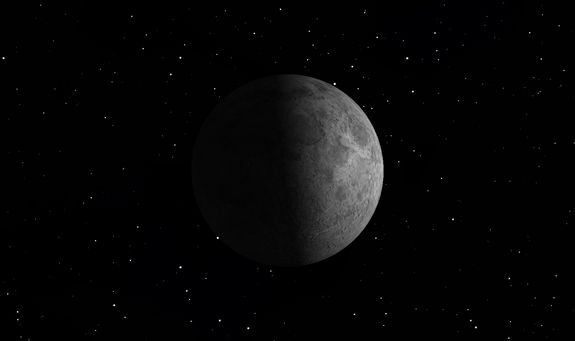
Monday, April 7, 4:31 a.m. EDT. The moon is not visible on the date of New Moon because it is too close to the sun, but can be seen low in the east as a narrow crescent a morning or two before, just before sunrise. It is visible low in the west an evening or two after New Moon.
Monday, April 7, 4:31 a.m. EDT
First Quarter Moon
The Moon is not visible on the date of New Moon because it is too close to the Sun, but can be seen low in the East as a narrow crescent a morning or two before, just before sunrise. It is visible low in the West an evening or two after New Moon.
Tuesday, April 15, 3:42 a.m. EDT
Full Moon
The Full Moon of April is known as the Seed Moon, Pink Moon, Sprouting Grass Moon, Egg Moon, or Fish Moon. It rises around sunset and sets around sunrise, the only night in the month when the moon is in the sky all night long. The rest of the month, the moon spends at least some time in the daytime sky.
Tuesday, April 22, 3:52 a.m. EDT
Last Quarter Moon
The Last Quarter Moon rises around 2:15 a.m. and sets around 1 p.m. It is most easily seen just after sunrise in the southern sky.
Tuesday, April 29, 2:14 a.m. EDT
New Moon
This is the second New Moon this month. There is no special name for this event. Notice how much closer the sun and moon are compared to the New Moon on April 1. At the next New Moon on April 29, the moon will pass directly in front of the sun, causing an annular solar eclipse, visible in Antarctica and Australia.
Observing Highlights
Thursday, April 3, evening
Aldebaran and the Moon
The Moon will be close to the red giant star Aldebaran in Taurus this evening.
Tuesday, April 8, 5 p.m. EDT
Mars at opposition
Mars will be at opposition, exactly opposite the sun in the sky. Oddly enough, Mars isn’t at its closest to the Earth for nearly 6 more days, because of Mars’ elliptical orbit.
Saturday, April 12, 4 a.m. EDT
Venus and Neptune
An unusual opportunity to view the brightest and the faintest planets at the same time. This will be a difficult observation because the sky is starting to get light by the time the planets rise, making it difficult to see 8th magnitude Neptune. A low eastern horizon will be necessary.
Sunday, April 13, 8 a.m. EDT
Vesta at opposition
The brightest asteroid Vesta will be opposite the Sun this morning. At magnitude 5.8 it should be just visible with the naked eye under dark skies; an easy target in binoculars.
Monday, April 14, 9 a.m.
Mars closest approach
Because of its eccentric orbit, Mars will be at its closest to Earth today, almost a week after opposition on April 8. This is an unfavourable opposition, Mars being only 15.1 arc seconds in diameter. Later today, the almost Full Moon will pass just north of Mars.
Monday, April 14, sunset
Mars and the Moon
Shortly after sunset, Mars and the moon will be visible rising in the east.
Tuesday, April 15, 2 a.m. EDT
Ceres at opposition
Ceres will be directly opposite the sun in the sky, in Virgo. Ceres was the first asteroid discovered in 1801, and was reclassified as a dwarf planet in 2006. At magnitude 7.0, it will be easily visible in binoculars as a star-like point of light. It is less than 1 arc second in angular diameter.
Tuesday, April 15, 12:54–6:38 a.m. EDT
Total eclipse of the Moon
The moon will be completely immersed in the Earth’s shadow from 3:07 a.m. until 4:25 a.m., with partial phases being visible before and after. This eclipse will be visible over all of North and South America, across the Pacific Ocean, and in Australia and New Zealand.
Thursday, April 17, 3 a.m. EDT
Saturn and the Moon
The nearly Full Moon will pass just North of the planet Saturn. Observers in southern South America and French Polynesia will see the moon occult Saturn. Saturn is just appearing from behind the moon as seen from Papeete, Tahiti.
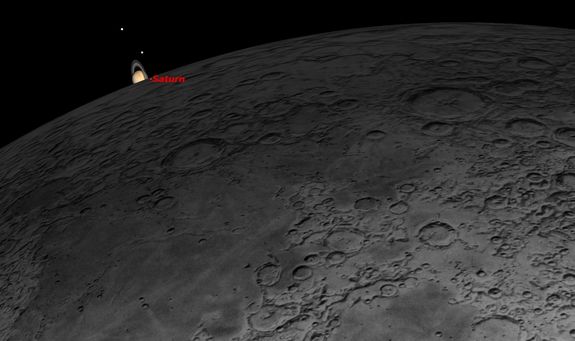
Thursday, April 17, 3 a.m. EDT. The nearly Full Moon will pass just north of the planet Saturn. Observers in southern South America and French Polynesia will see the moon occult Saturn. Saturn is just appearing from behind the moon as seen from Papeete, Tahiti.
Tuesday, April 29
Annular Solar Eclipse
This annual eclipse will only be total in a small area in Antarctica, but will be widely seen as a partial eclipse. The partial phases all be visible from most of Australia, and far across the southern Indian Ocean. It is seen here from Hobart, Tasmania.
Planets
Mercury is too close to the sun to be observed this month.
Venus is now a “morning star,” rising in the east just before the sun.
Mars is in opposition on April 8 and closest to the Earth on April 14. It is visible in Virgo all night long.
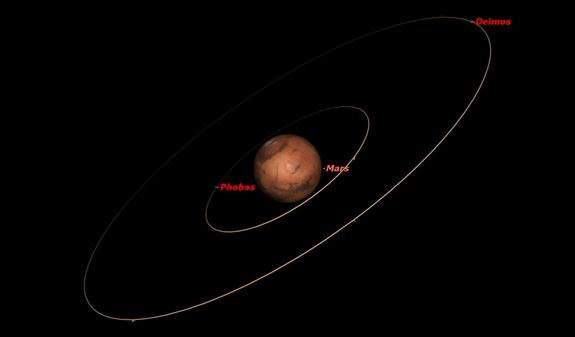
Mars is in opposition on April 8 and closest to the Earth on April 14. It is visible in Virgo all night long.
Jupiter shines brightly in the South in Gemini most of the night, setting in the Northwest around 2 a.m. The Great Red Spot is easier to see than in many recent years, showing a distinct orange color.
Saturn, in Libra, rises in the eastern sky around 10 p.m., and is visible the rest of the night.
Uranus is too close to the Sun to be visible.
Neptune is close to Venus in Aquarius all month, rising just before the sun.
SKYWATCHING TERMS
Asterism: A noteworthy or striking pattern of stars within a larger constellation.
Degrees (measuring the sky): The sky is 360 degrees all the way around, which means roughly 180 degrees from horizon to horizon. It’s easy to measure distances between objects: Your fist on an outstretched arm covers about 10 degrees of sky.
Visual Magnitude: This is the astronomer’s scale for measuring the brightness of objects in the sky. The dimmest object visible in the night sky under perfectly dark conditions is about magnitude 6.5. Brighter stars are magnitude 2 or 1. The brightest objects get negative numbers. Venus can be as bright as magnitude minus 4.9. The full moon is minus 12.7 and the sun is minus 26.8.
Terminator: The boundary on the moon between sunlight and shadow.
Zenith: The point in the sky directly overhead.
NIGHT SKY OBSERVING TIPS
Adjust to the dark: If you wish to observe faint objects, such as meteors or dim stars, give your eyes at least 15 minutes to adjust to the darkness.
Light Pollution: Even from a big city, one can see the moon, a handful of bright stars and sometimes the brightest planets. But to fully enjoy the heavens — especially a meteor shower, the constellations, or to see the amazing swath across the sky that represents our view toward the center of the Milky Way Galaxy — rural areas are best for night sky viewing. If you’re stuck in a city or suburban area, a building can be used to block ambient light (or moonlight) to help reveal fainter objects. If you’re in the suburbs, simply turning off outdoor lights can help.
Prepare for skywatching: If you plan to be out for more than a few minutes, and it’s not a warm summer evening, dress warmer than you think necessary. An hour of observing a winter meteor shower can chill you to the bone. A blanket or lounge chair will prove much more comfortable than standing or sitting in a chair and craning your neck to see overhead.
Daytime skywatching: When Venus is visible (that is, not in front of or behind the sun) it can often be spotted during the day. But you’ll need to know where to look. A sky map is helpful. When the sun has large sunspots, they can be seen without a telescope. However, it’s unsafe to look at the sun without protective eyewear. See our video on how to safely observe the sun, or our safe sunwatching infographic.

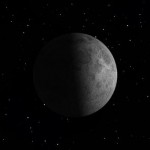

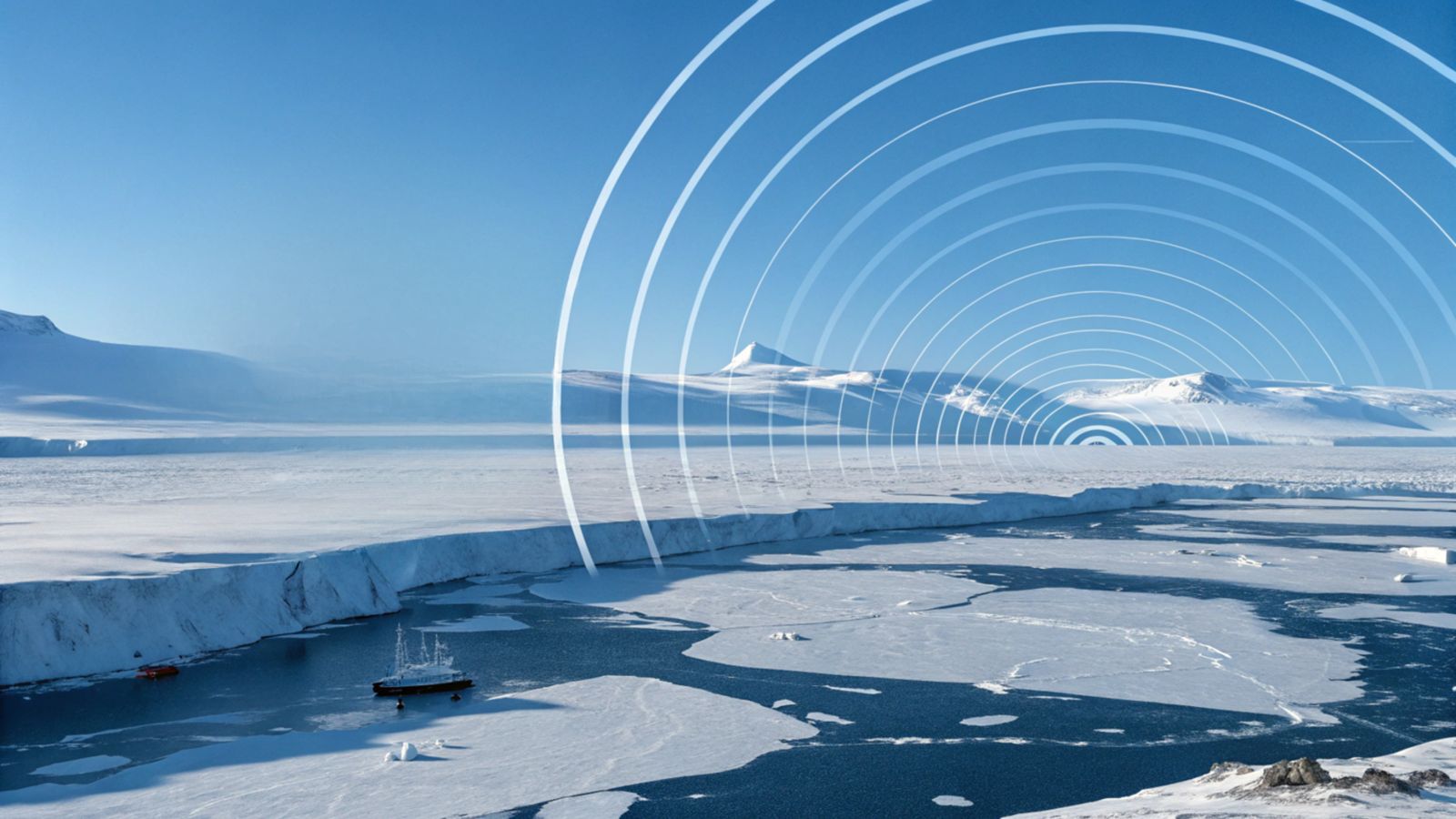
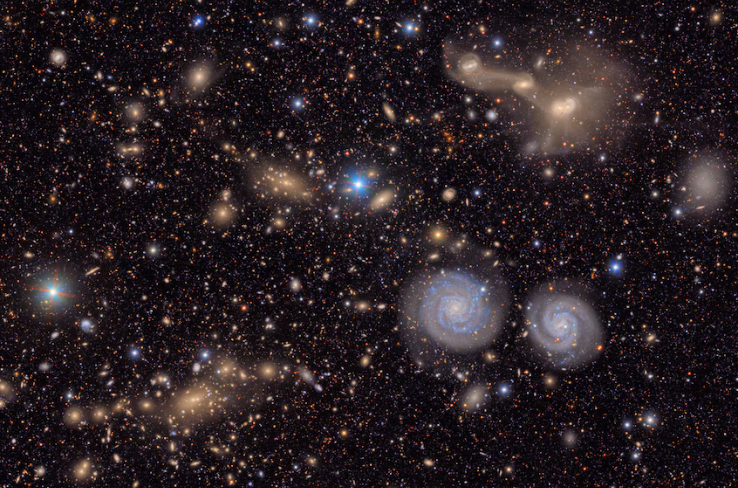
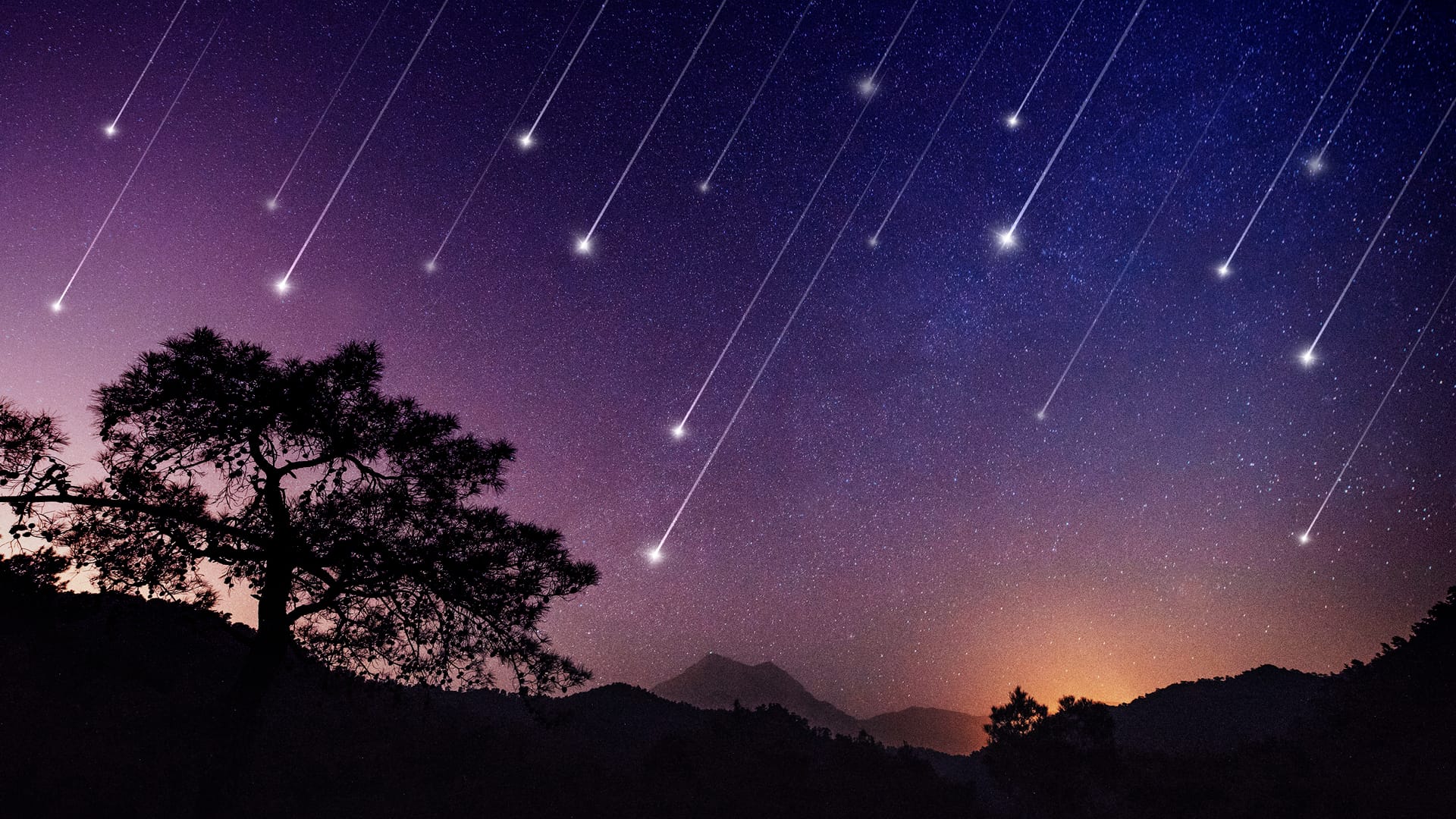
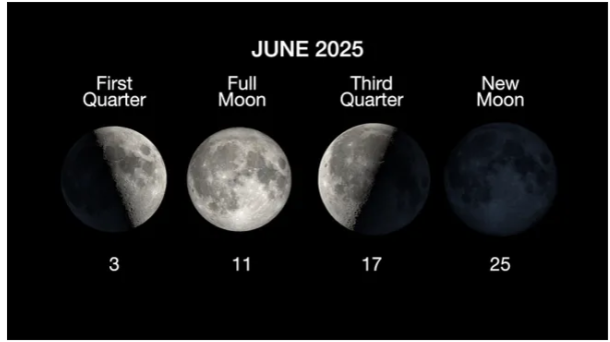
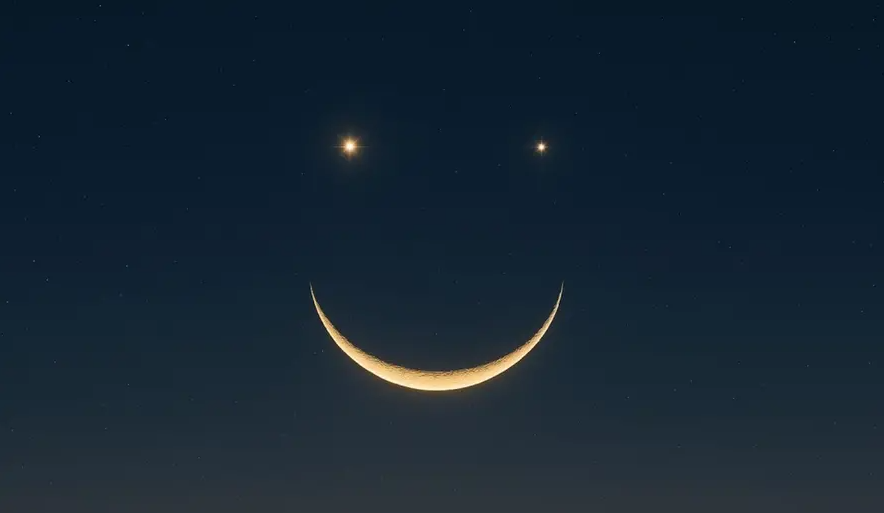
 Photographer Finds Locations Of 1960s Postcards To See How They Look Today, And The Difference Is Unbelievable
Photographer Finds Locations Of 1960s Postcards To See How They Look Today, And The Difference Is Unbelievable  Hij zet 3 IKEA kastjes tegen elkaar aan en maakt dit voor zijn vrouw…Wat een gaaf resultaat!!
Hij zet 3 IKEA kastjes tegen elkaar aan en maakt dit voor zijn vrouw…Wat een gaaf resultaat!!  Scientists Discover 512-Year-Old Shark, Which Would Be The Oldest Living Vertebrate On The Planet
Scientists Discover 512-Year-Old Shark, Which Would Be The Oldest Living Vertebrate On The Planet  Hus til salg er kun 22 kvadratmeter – men vent til du ser det indvendigt
Hus til salg er kun 22 kvadratmeter – men vent til du ser det indvendigt  Superknepet – så blir snuskiga ugnsformen som ny igen!
Superknepet – så blir snuskiga ugnsformen som ny igen!  Meteorite That Recently Fell in Somalia Turns Out to Contain Two Minerals Never Before Seen on Earth
Meteorite That Recently Fell in Somalia Turns Out to Contain Two Minerals Never Before Seen on Earth  Nearly Frozen Waves Captured On Camera By Nantucket Photographer
Nearly Frozen Waves Captured On Camera By Nantucket Photographer  It’s Official: Astronomers Have Discovered another Earth
It’s Official: Astronomers Have Discovered another Earth 
bf4e5g
gjiquy
og43pt